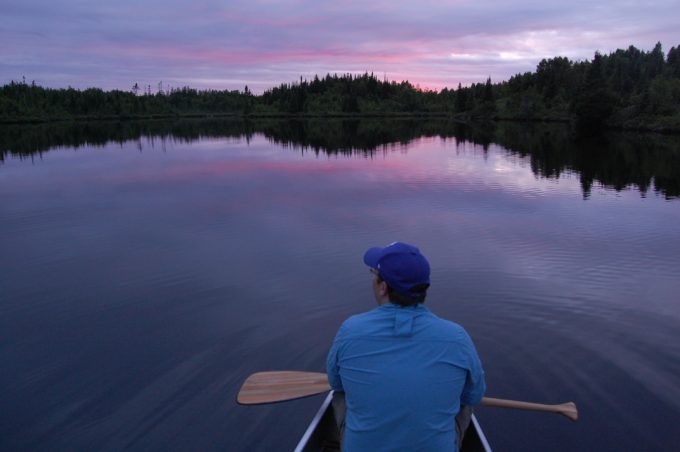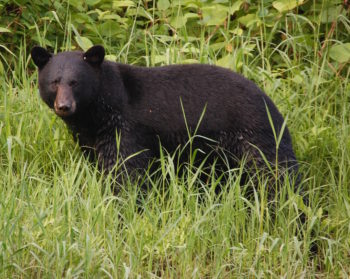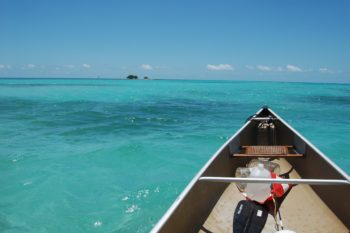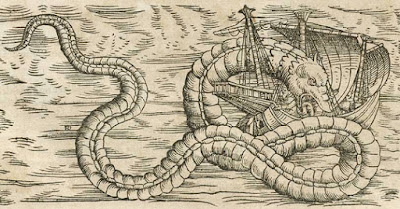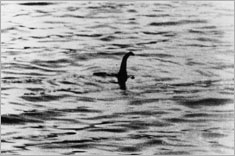Figure out WHAT it is you want. Sounds easy but you would be surprised how many folks we see coming in looking for a new or used boat after they have bought something that didn’t suit their purpose or just straight up doesn’t fit. Knowing what you want, can take a bit of educating on your part. You should first consider where it is that you would like to go in the boat.
Ocean, river, calm & protected, calm but potential winds and whitewater. This is important because it shorten the list of boats that will work for you, if you share this information with folks who are knowledgeable about boats they will be able to pin-point a good starting point for you to begin your hunt. Think widely on what it might be you would like to do now and what you might want to do later. If you limit it too much you may end up with a boat that is great in one type of circumstance but not in another.
That being said, no boat will do everything well. You will need to make some compromises. Start with reading about types of kayaking you might want to do, checking out some of the manufacturer's websites where they describe kayaks that you think might interest you. Ask your buddies and other paddlers you see out what they like and dislike about the boats they are paddling.
All of this you should take with a grain of salt, as your friends may still be in the process of figuring out what they are looking for or have a bias, and as for the Manufacturers, they will tend to give wide and generous spec ranges for paddler weight and boat description trying to entice a bigger demographic.
An example of this would be a boat that has a weight range of 110-230 is going to paddle very differently for the folks on either end of the weight range. In general you want to be in the mid weight of a boat unless you don’t mind the boat being over sized or undersized and that will depend on your comfort and skill set.
 When looking for a used boat fit is paramount, many kayaks have adjustable seats, thigh hooks, back bands and foot braces. However deck height and foot room is not adjustable so if a boat doesn’t have enough room it's NOT the boat for you. If you fit into the boat with enough space for the feet and legs, but it isn’t 100% comfortable that is usually adjustable by adding foam or upgrading a seat or back band.
When looking for a used boat fit is paramount, many kayaks have adjustable seats, thigh hooks, back bands and foot braces. However deck height and foot room is not adjustable so if a boat doesn’t have enough room it's NOT the boat for you. If you fit into the boat with enough space for the feet and legs, but it isn’t 100% comfortable that is usually adjustable by adding foam or upgrading a seat or back band.You should ask questions if you are not sure if modifications can be made to make the fit better. To test fit, sit in multiple boats of the same category most companies make a boat to fit each niche… “recreational”, “touring boat” , “river running”, “expedition touring boats”, “creekboats”, “playboats”, “crossover kayaks” etc…
Most boats within a category will paddle similarly but the fit may be radically different, if a boat fits well on the show room floor definitely keep it in mind to test it out on the water to make sure it still fits well when in use.
Testing a boat on the water is always a good idea. If you can borrow, rent, demo, or take a class to try out the kayak if at all possible prior to purchase you should. Boats within a category will paddle similarly BUT there are slight nuances that may make a difference to your paddling style.
If you are newer to the sport or the type of paddling going out with a instructor or working with a shop that has a demo program can really improve your chances of picking a boat that will be right for what you are planning to do. Instructors and shop employees who paddle can help you determine what type of paddling you might want to do, they can assess whether the boat fits right, help you adjust it to optimal fit for performance and give you feed back that can be invaluable as you decide what to get.
Also, as stated above fit can vary on the show room floor to when you are actually using it on the river. When you test the used kayak on the water you will have a chance to compare the fit on the show room floor to the fit during performance. You can also get a better idea of what adjustments you are going to use most and you can take a look at the design and see if those moving parts are going to hold up to your standards of performance.
When you take a boat out to test it try and test it in the type of water that you are wanting to paddle. Trying a boat out on water that doesn’t resemble the conditions you will experience will give you a false idea of how the boat will perform.
By choosing the correct water you will eliminate boats that aren’t designed for those conditions narrowing the field to the right boat. We often see folks try to test boats in sub-optimal conditions for the design of the boat. For example taking a creekboat (designed for tight technical moves), out on a wide, higher volume river with minimal technical moves.
This person is likely to have a disappointing experience on the water as the boat may have great performance but there is no good way to test it, however if this is the type of water they want to paddle… well they probably got the feedback they wanted which is this isn’t the correct boat for this.
Another example would be testing a touring kayak for rock-gardening on flat-water… where it might be better to test it in light class I or II whitewater if you aren’t able to get it to the ocean tide pools. The balance of this boat may not be tested in the calmer conditions, and you won’t have the obstacles to try and test maneuverability.
Also consider going out in the boat for a bit of time, 15-minutes in the boat won’t tell you the same as 2-3 hours. If the boat is 10-ft-long and you are paddling for 15-minutes you may not notice how tired you will be if you decide to take it across a large body of water.
Once you have determined the type of paddling want, tested some boats on the water that fit the bill the last step is to look at the condition of the equipment to determine if it will hold up for the future.
Here are some tips:
- Find out how the boat was stored. Ultraviolet light is the #1 damaging agent to a plastic boat. If the boat has been stored inside it will be in much better condition.
- If the boat had been stored outside press the plastic listen for cracking or creaking. UV makes the plastic more brittle. Also look at the handles, decking straps, seat, & back band for sun damage these may need to be replaced if UV damaged.
- Look for repairs to the boat, you ideally want a boat that has not been patched or reheated to fix a nose dent or bend in the plastic. Plastic generally turns white stretched out of shape so take a good look at the nose of the boat and along the sides, if you see white or plastic that looks out of shape you should be concerned.
- Folds around the leg area of the boat and behind the cockpit are extremely dangerous and should be avoided as the boat could easily fold again in that area pinning your legs or you body in the boat. Nose damage can be patched and the boat can be used again but the boat is less likely to retain is shape if it hits another rock and your feet will be less cushioned against hits.
- Other cracks in the plastic can be a problem anything that could cause the boat to leak is a bummer, anything that can cause the boat to break or fold is a concern. Look inside the boat at the outfitting if it is a whitewater boat you should know if the boat is designed to have front and back pillars of foam or plastic….
- IF it is designed this way (most are) then those pillars need to be there or the boat won’t hold its shape in a pin. On touring boats you also should look at the condition of the foam bulkheads in the boat. This is the foam that partitions off the front or back of the boat creating a storage chamber accessed from a hatch on the top of the hull.
- If these bulkheads are not attached well then that storage area will leak. A minor leak will be a bummer a major leak can be a safety hazard causing that area to fill with water making it harder to re-enter when capsized mid lake.
- Look for scratches on the underside of the boat, there will be scratches lots of them, probably most are very shallow and won’t affect the boat at all. However if you find deep scratches that go into the plastic more then a 1/8 of a inch in a high wear area on the boat like under the seat there is a chance this spot will crack under constant high use.
- Look for oil canning of the underside of the hull. This is where the underside of the boat may have undulations and look wavy. This can be fixed in some cases by adding foam under the seat or putting the boat out in the hot sun and pushing the surface back out.
- Oil canning can make the boat handle differently then intended on the water having more drag. Oil canning can be caused by over tightening the boat on a roof rack or storage rack on a hot day, or over time if the foam under the seat compresses.
- It's recommended once you own your own boat on hot days if you do not have cradles on your roof rack then flip your boat over and tie it upside down as this side is structurally stronger and tends to resist oil canning.
Current Adventures Kayak School and Trips
PHONE: 530-333-9115 or Toll-Free: 888-452-9254
FAX: 530-333-1291
USPS:Current Adventures, P.O. Box 828, Lotus, CA 95651
info@currentadventures.com
owner Dan Crandall dan@kayaking.com



















